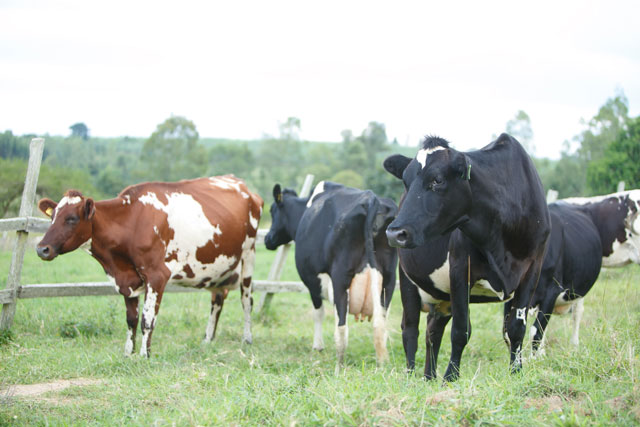
Kampala, Uganda | THE INDEPENDENT | The production of cattle, poultry and exotic goats has increased in Uganda for the last 10 years.
The farmers attribute the increase in production on the rising demand for meat, dairy and poultry products in and outside Uganda.
According to the Uganda Bureau of Statistics (UBOS), there was an increase in the production of cattle, poultry both indigenous and exotic by three million between 2009 and 2019.
The rise in the production of indigenous cattle was from 11 million in 2009 to 14 million in 2019.
Exotic cattle production increased by 213,000 during the same periods from 700,000 to 900,000 animals.
The production of indigenous poultry increased from 33 million to 43 million chicken in the same period compared to exotic chicken production which reached six million in 2019 down from two million in 2009.
The production of goats unlike the cattle and poultry was different in the period of study according to UBOS. 600,000 exotic goats were produced in 2019 compared to 200,000 in 2009.
Hamza Semanda, a goat trader and farmer in Wakiso with close to 1,000 animals says that rearing goats is less demanding yet profitable to him. They are resilient to weather, feeding changes and are not prone to diseases like cattle and poultry.
He says through local research on rearing goats and the market, he found that the demand for goats meat is high in Uganda, with close to 50,000 goats slaughtered for consumption every month, yet few farmers embrace rearing goats and it requires less initial capital. At his farm, there are local breeds boers, savannah, black bengal and crossbreeds.
Jemimah Namukasa, a poultry farmer rears 2,000 kuroiler chicken in Tula, Kawempe in Kampala.
She had to align her mindset and the business plan for seven years now to succeed in rearing poultry.
Namukasa says that the chicken requires feeds, treatment, but on the other end as a farmer, you get to sell manure, eggs and chicken meat.
Emmanuel Wakagaba, a cattle farmer recommends other farmers to rear cattle for meat, milk and manure in various varieties. In 2009, he started with four cattle and now has more than 100 that generate between 40-50 litres of milk per day each.
Ronald Nsombwe, Principal Agriculture and Environmental statistician at UBOS say the increase in the rearing of cattle, poultry and goats has been driven by business. The farmers prefer to rear animals especially the more productive exotic breeds to get more incomes.
He however says that the commercial drive to rear cattle, poultry and goats should not wipe out indigenous breeds.
This comes after according to UBOS figures, the percentage increase of exotic poultry and goats overwhelmed that of the indigenous breeds in the last 10 years.
******
URN
 The Independent Uganda: You get the Truth we Pay the Price
The Independent Uganda: You get the Truth we Pay the Price



